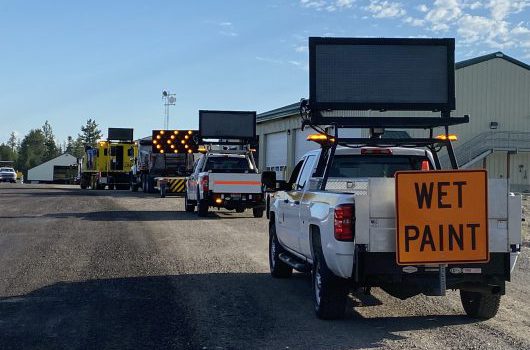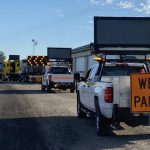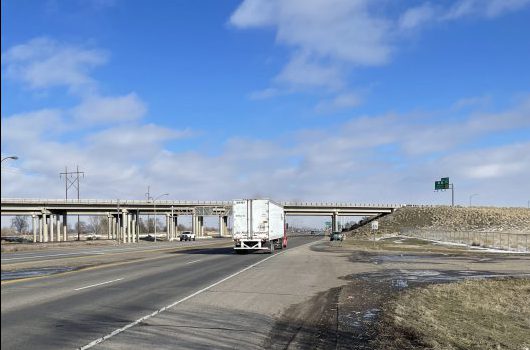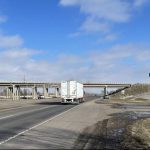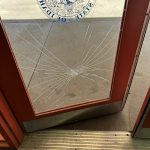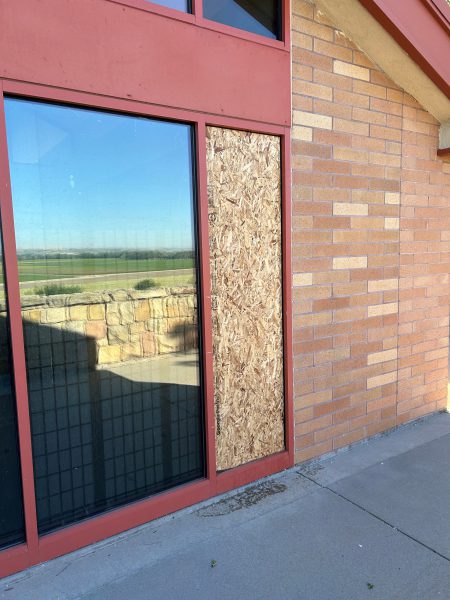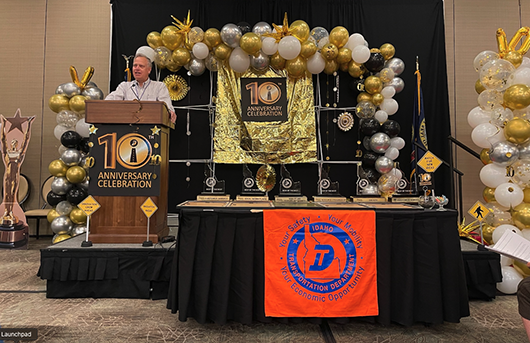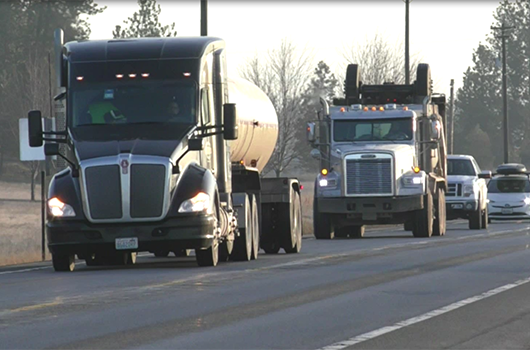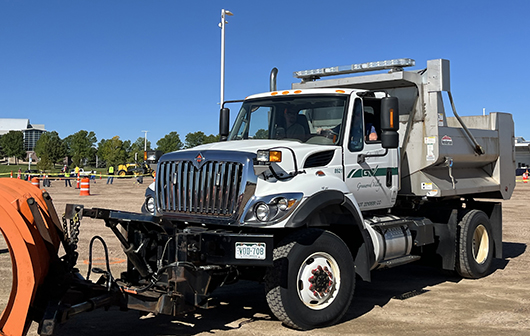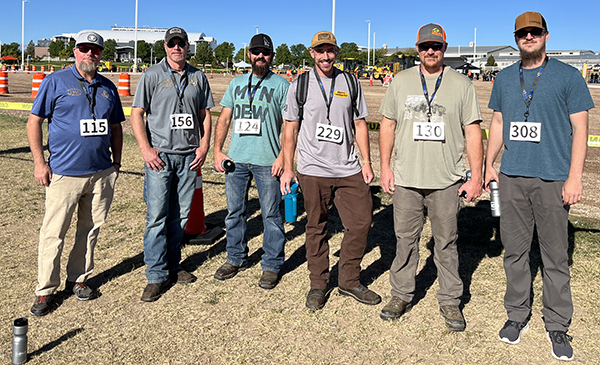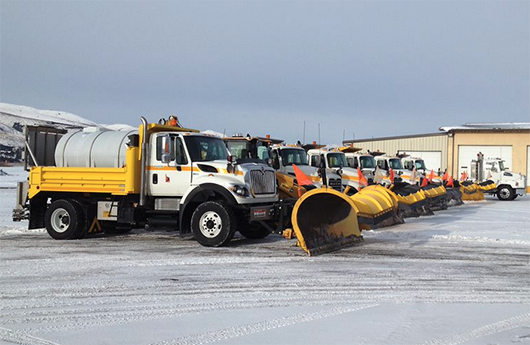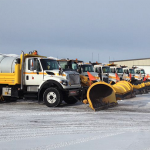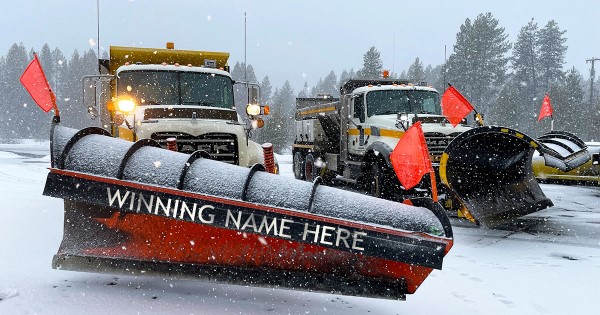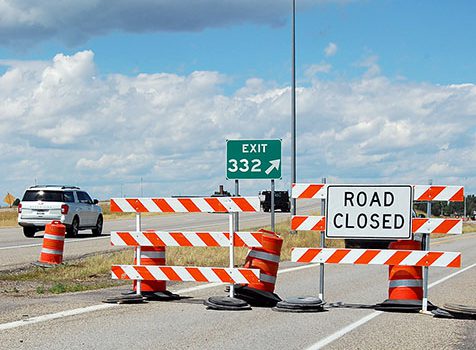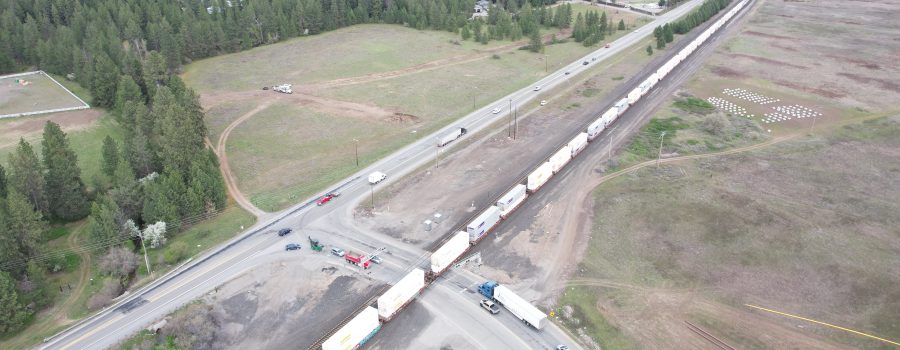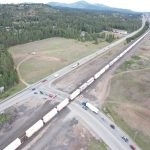The FY24 Best of the Best ceremony held September 30 in Boise and livestreamed for the first time ever, showcased not only this year’s best innovations, but also paid tribute to the decade-long history of the innovation program at ITD, rolled out in the spring of 2014 to harness the great ideas of tremendous employees across the state. ITD innovation has resulted in $61M in savings and efficiencies to be re-applied to needed road and bridge projects statewide, and nearly 670,000 hours of savings over the last decade, benefiting road users and customers in the Gem State.
Innovation makes our work safer, improves processes, and saves time and money. More than 1,500 of the 3,200 ideas over the last decade have been implemented. This not only saves time and money for the department, but also translate into significant improvements for our customers.
“Innovate ITD! has created a space where every voice matters, every idea is valued, and everyone can make a difference,” said ITD Chief Innovation Officer Brenda Williams. “Congratulations to all the nominees and winners of the Best of the Best. Every innovation represents hours of hard work, collaboration, and determination. I am so proud of all the ITD employees and their innovative spirit. Innovation….it is who we are.”
Along with the awards ceremony honoring this year’s winners, the ceremony gave a look back at some highlights along the way, like the Bud Bar in 2017, the evolution of the S.N.O.W. (Safely Navigating Our Winters) safe-driving program, and many others. Check out the compilation video.
A special Decade of Excellence award was also given in recognition of 675 ideas and innovations submitted by DMV, each of which saves time and money at county offices statewide. Check out the video tribute to DMV.
The winners were also announced for this year.
The first winner was in the Customer Service category, where the DMV is again going above and beyond for disabled military veterans by automatically renewing their vehicle registrations. This innovation reduces the number of phone calls from confused customers. Who were previously required to go into the physical DMV office. There are 3,500 disabled veteran plates in Idaho, so automatically renewing their registrations saves the customers a trip to the DMV and around 1,500 hours of estimated time each year.
Next is the Ideal Workplace category, where the winner was the ICONIC Youth Program, an extension of the ICONIC workforce training program geared for adults in the transportation and construction trades. Ty Winther and Jessika Doglietto spearheaded this program for youths and young adults, which gives free training on a front-end loader, skid loader and excavator to selected students, who also walk away with their OSHA 10-hour entry program and first aid certifications.
The next winner, in the Mobility & Economic Opportunity category, garnered the most votes of any innovation this year. This People’s Choice winner came from Tom Logan in south central Idaho. Temporary steel barriers are a fraction of the weight and take a fraction of the time to set up in construction areas. In fact, crews were able to set 5,000 feet of steel barriers in one night, something that would have taken up to two weeks with concrete. Since they are lightweight, they use two pins every 30 feet to prevent them from moving.
The next category is Resource Stewardship. The winner was an innovation out of north-central Idaho, addressing salt that bounced away off the road when distributed by one of our trucks in motion. Salt was scattering off of the spinner and bouncing off the rubber flaps of the sander chute, causing a significant portion to get lost in the ditch. Add in strong winds, and you’re looking at additional material not making it to the roadway surface. Adam Ott constructed a simple Salt Wrangler to address this problem, then did a comparison between trucks with and without it during application. The results were impressive.
The final winner, in the Safety category, was a stark reminder that every vote counts! The winner, by the razor-thin margin of 192 to 191, was an innovation from Chris Higginbotham in the North Idaho office. ITD needed to come up with a better way to assess and execute plans for hazard tree removal along state highway right of ways. Utilizing LIDAR tree data from the statewide inventory including height and proximity to the pavement, Higginbotham was able to import that dataset into IPLAN and cross reference it against parcel ownership data across the state. The result is a comprehensive mapping program for hazard trees.
Check out the FY24 Best of the Best recap.
